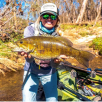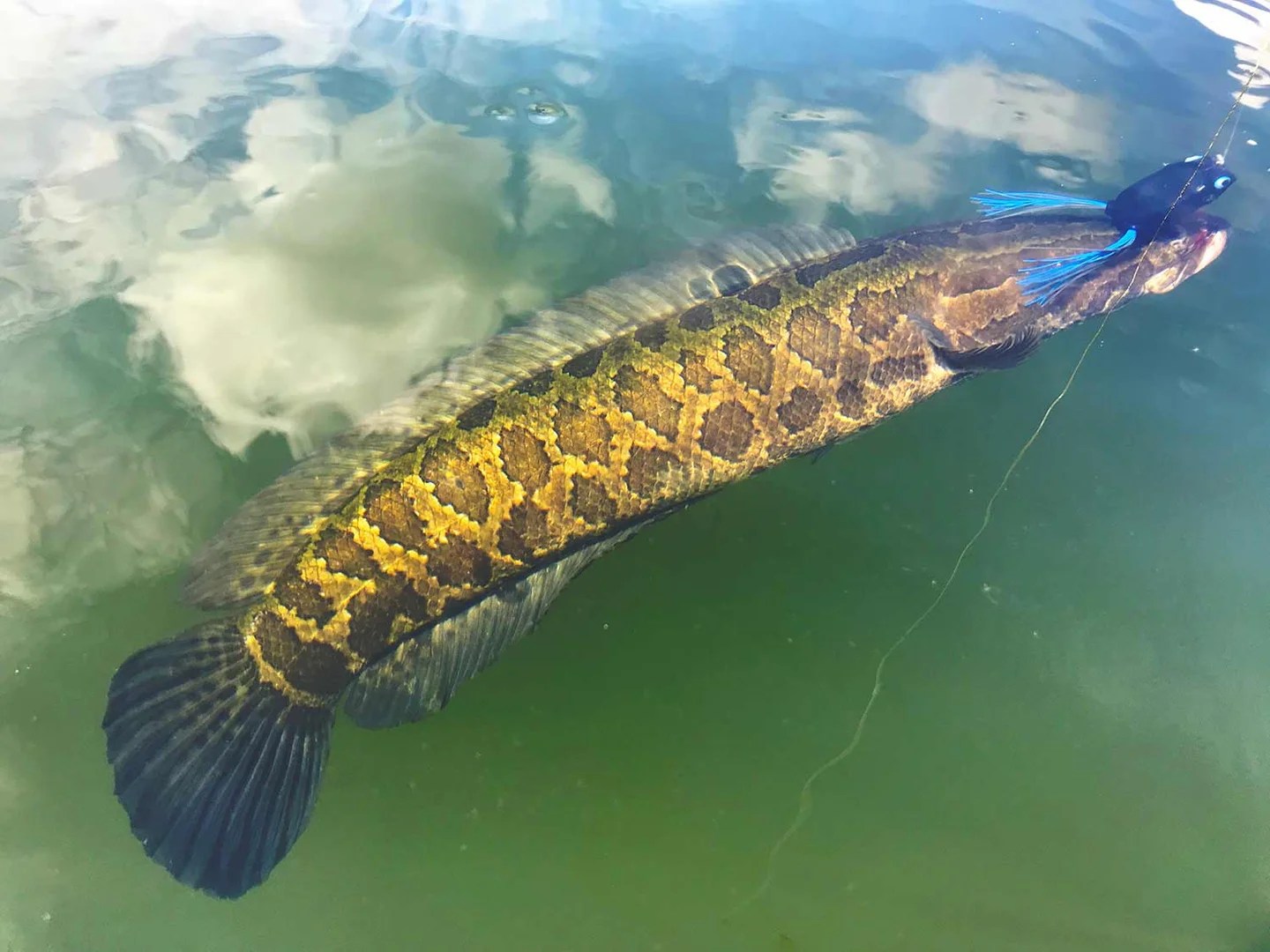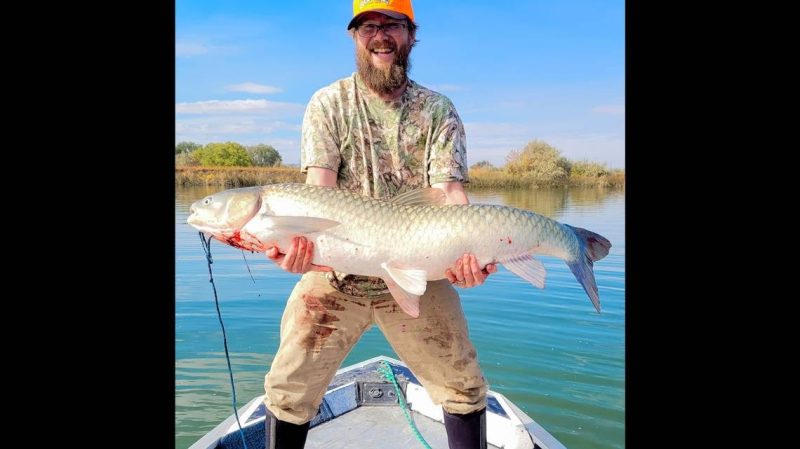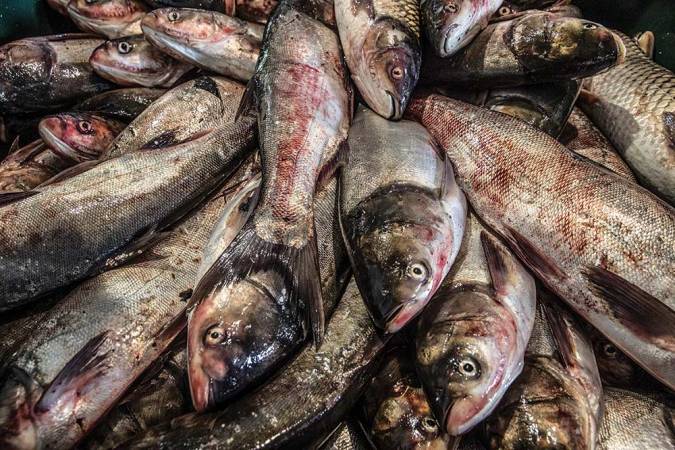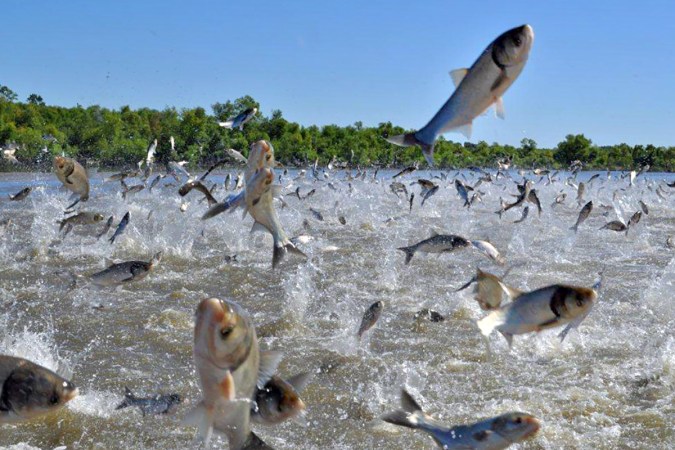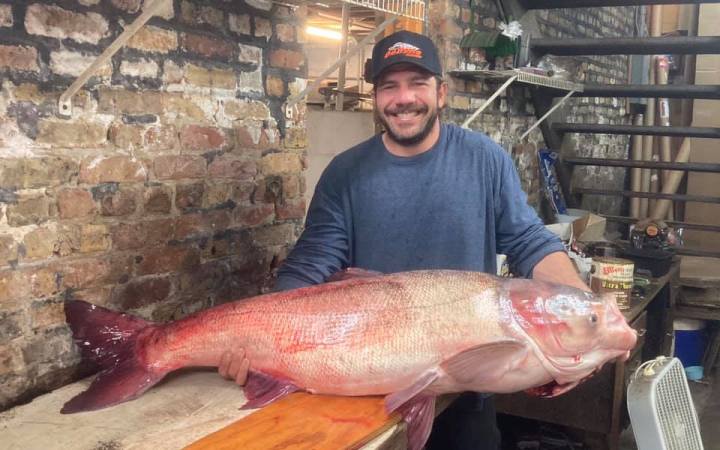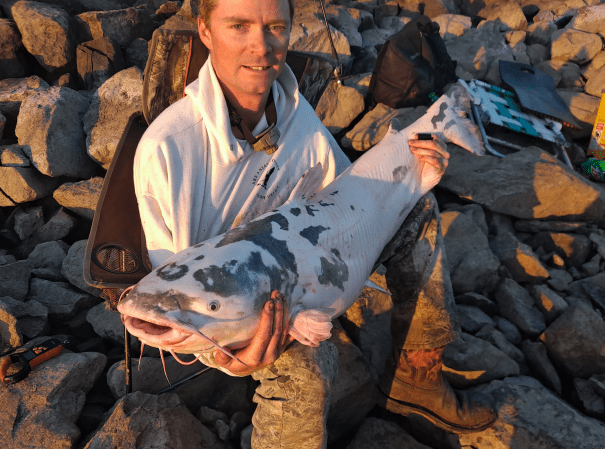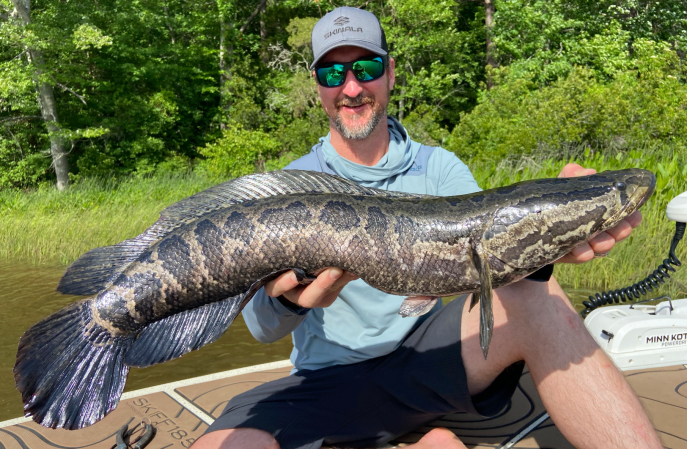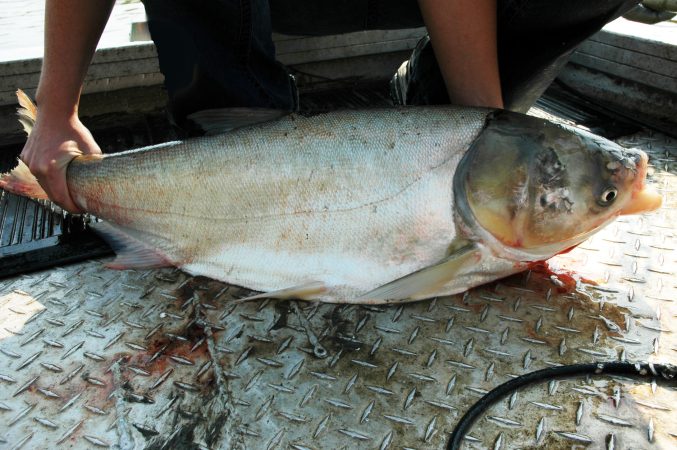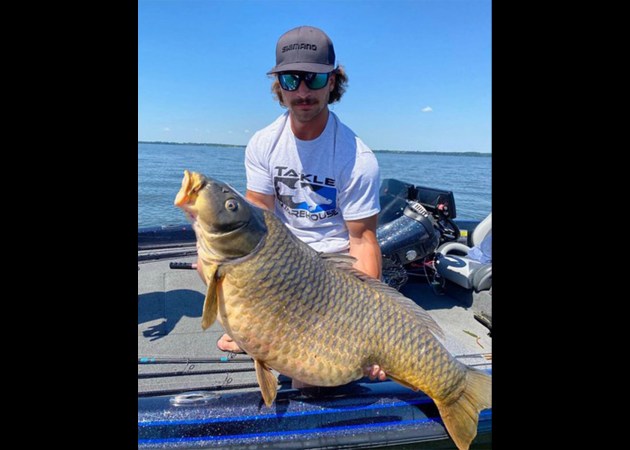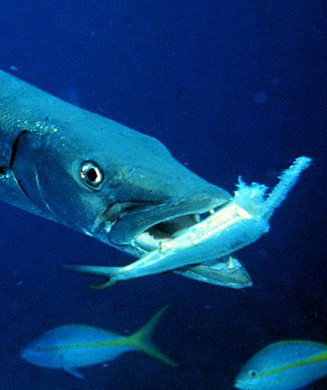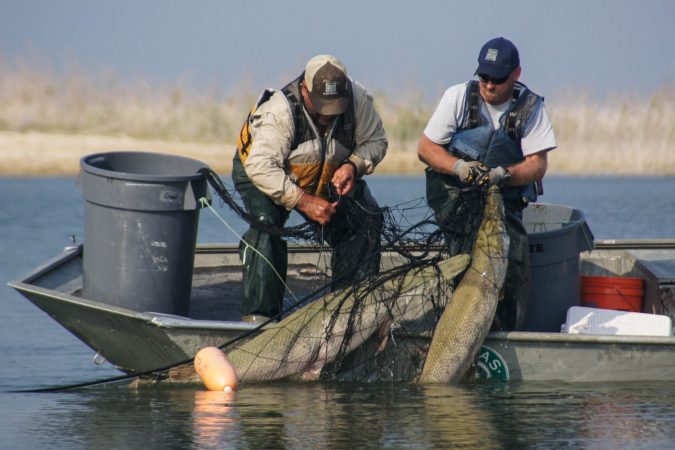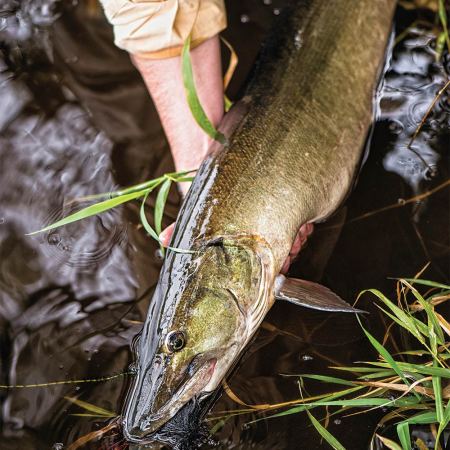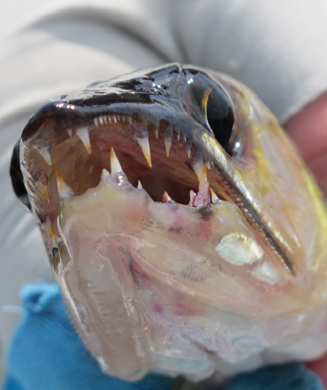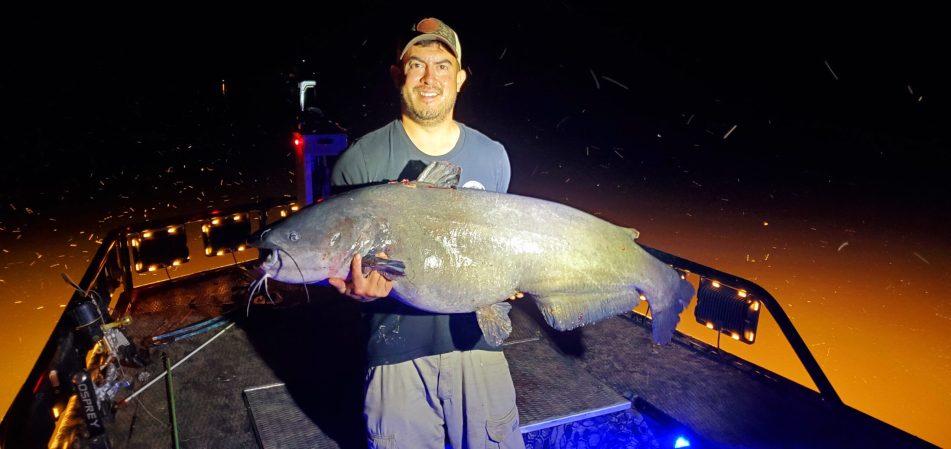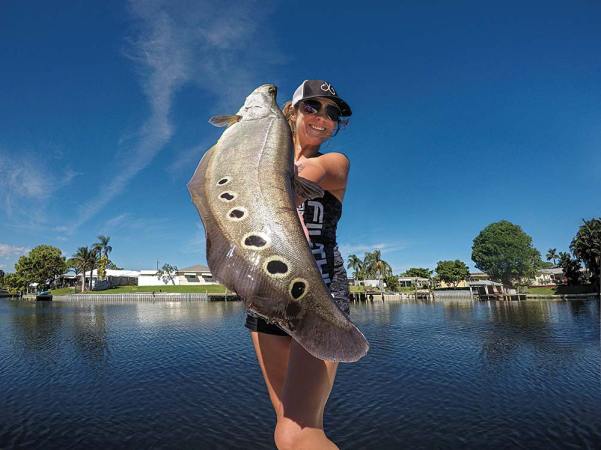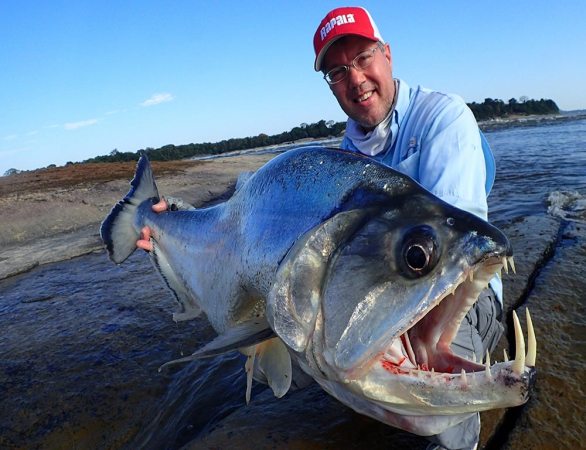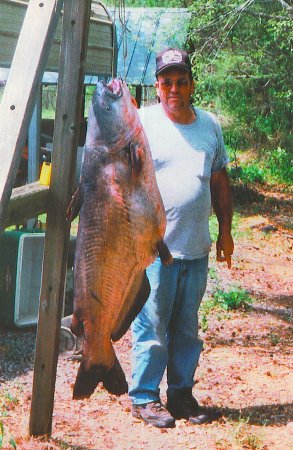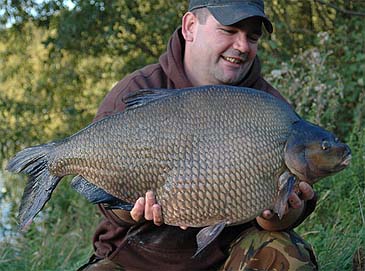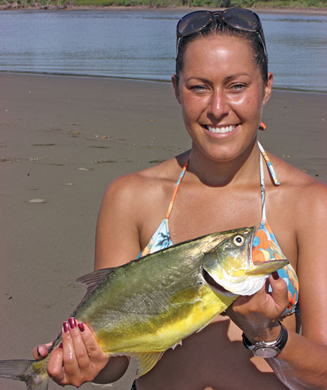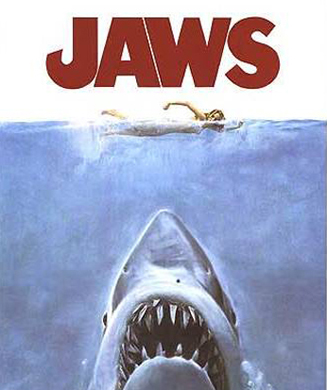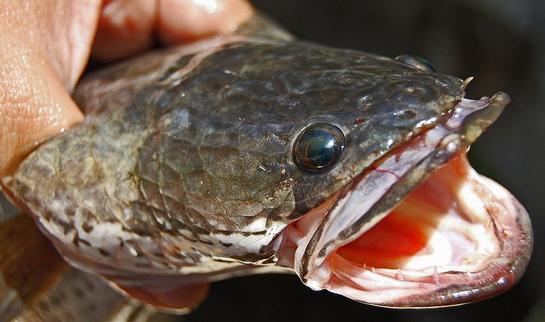Many anglers have a primary focus when it comes to the fish we target. Some of us even narrow it down to the kind of fishing we do for a particular species, whether it’s throwing topwaters for bass or trolling for salmon. But North America has more than 800 species of freshwater fish, so inherently we are missing out by being too selective. You shouldn’t be. There’s too much to learn and too much fun to be had by chasing a variety of fish species.
Plus, during this hot, dry summer you might not be able to responsibly fish for your favorite species (like trout or muskies) if the water temperatures are too high. The fish species that are commonly overlooked and underrated often fall into the “rough fish” category, meaning anglers don’t find them desirable for sport or table fare. But more and more, these species are starting to be recognized as game fish.
I have fished across the U.S., and found that there are three species that anglers don’t target enough, but should. They are unique opportunities that most fishermen don’t consider, which is good news for you, because these fish are still unpressured. That means your chances are much better to hook into one. While every other boat is going after walleyes, muskie, and bass, you should be keying in on these fish.
1. Northern Snakehead
This non-native fish is often confused with the bowfin, but they aren’t related. Snakehead are an invasive species that were first observed in North America in the late 1990s or early 2000s. Aside from their unique markings, these fish also have the ability to breathe air. Snakehead are challenging because of were they live and their elusiveness. They take refuge in ultra-shallow, stagnant waters and prefer heavy vegetation. However, they are known to have an aggressive nature when they feed, offering anglers exciting strikes and an intense battle.
A good place to fish for them is the Potomac River in Virginia. You target them as you would a bass—fishing frogs, chatterbaits, and flukes around lily pads and heavy vegetation, in the backs of creeks and shallow bays off the main channel.
In addition to the fight, snakehead are excellent tablefare, if you’re brave enough to try them.
2. Alligator Gar
Alligator gar are the largest species of gar and can weigh more than 250 pounds. For many years, these fish were considered “trash fish” and federal and state authorities set out to eradicate them. However, they soon realized that alligator gar were an important part of the ecosystem. They are currently monitored and even stocked in some areas.
Alligator gar are common in many freshwater lakes, ponds, and rivers, but they can also survive in saltwater. To catch them, anglers can take strips of dead bait, preferably carp, and tie on a 9/0 J hook or treble hook. Keep in mind that the challenge is penetrating the gar’s mouth, which is very bony. A powerful hookset is key to increasing your chances of successfully landing one of these fish. Try to gauge the direction in which the fish is swimming to ensure you get a good hookset and don’t pull the bait out of its mouth.
Look to the the Trinity River in Texas as a good destination to try and land a trophy alligator gar.
Read Next: How to Safely Summer Bass Without Killing Them
3. Common Carp
Carp get a bad rap, particularly due to the infestation of invasive asian carp that are overrunning rivers in the Midwest and elsewhere. But common carp are spirited fighters that were brought to the U.S. by Europeans as a food source.
There are mixed feelings about whether common carp are detrimental to their ecosystems if gone unmanaged. Despite these worries, they have a loyal following in Europe, and have even gained traction in the U.S. with fly fishermen.
Though they can be caught conventionally with corn or “dough ball,” I would recommend picking up a fly rod and a small carp tease fly and heading to your local public lake to tango with one of these big bottom-feeders.
